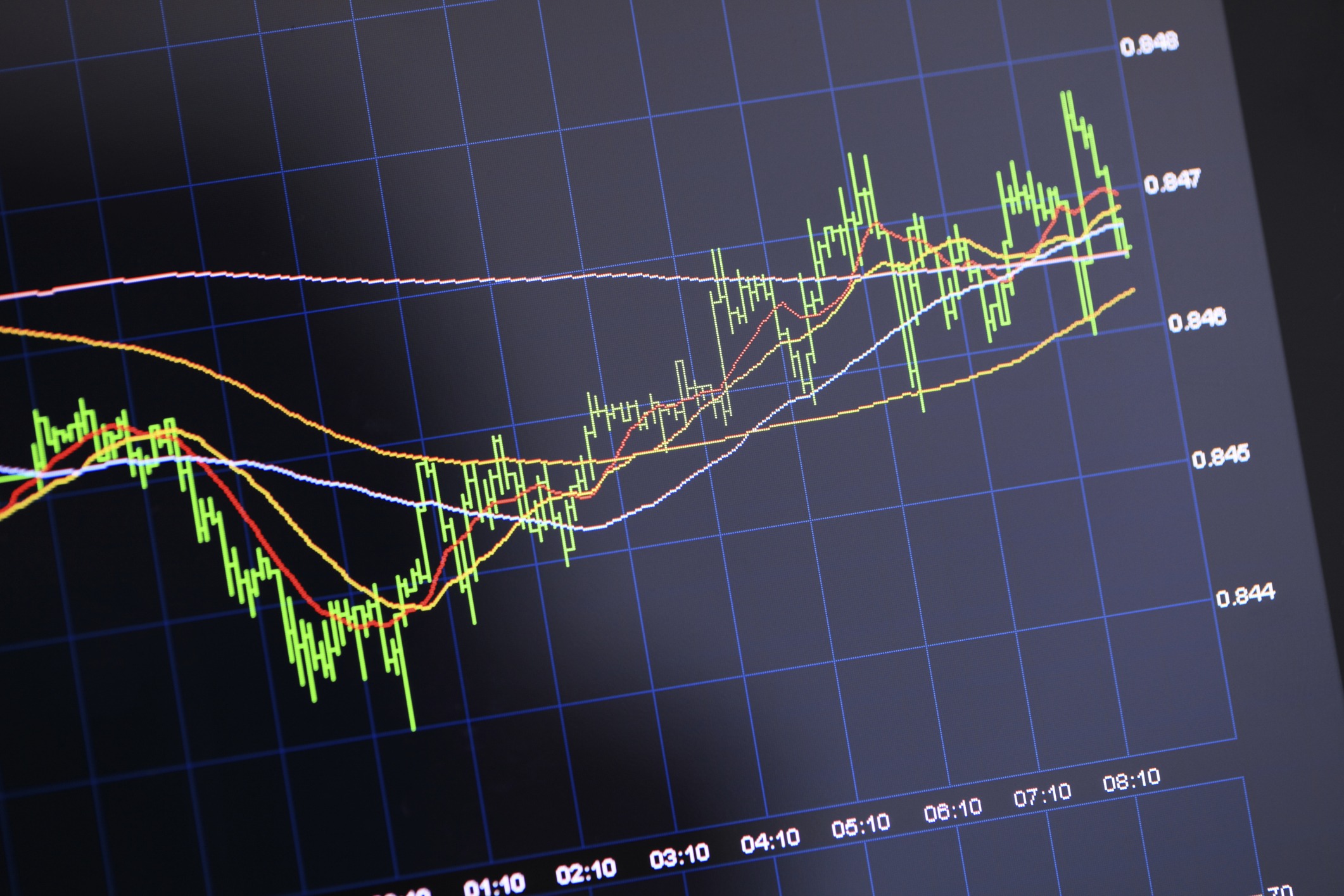John Mauldin recently wrapped up his annual Strategic Investment Conference and shared some insights from his illustrious speakers. In his world, the information he passed on in his summary was simply nuggets. In my world, I had to go digging for context to put it all together. As a trader, I live in a day-by-day world. As such, it’s easy to lose track of the big picture and at times, the proper context from which to view the macroeconomic landscape. Reading the notes from Mauldin’s speakers clearly illustrated two main points for my own trading.
First of all, I got caught up in the, “everybody out of the pool moment” when the U.S. Federal Reserve Board announced they were beginning to down the pace of their continued Quantitative Easing (QE) program last May. The Fed would only do this for two reasons. First, the economy appears to be comfortable standing on its own two feet. Second, because the economy is strong enough to stand on its own two feet, economic slack would be taken out of the system causing inflationary pressure.
The notes released by Mauldin indicate that while the headline unemployment number is declining, there are several reasons not to get excited about it. He quotes speaker Steve Moore who provided the following statistics:
- Lower-wage
industries constituted 22 percent of recession losses, but 44 percent of recovery growth.
- Mid-wage
industries constituted 37 percent of recession losses, but only 26 percent of
recovery growth.
- Higher-wage
industries constituted 41 percent of recession losses, and 30 percent of recovery growth.
The declining quality of the available jobs helps explain why economic activities like mid-level spending, home purchases and loan
activities haven’t responded in kind to the declining unemployment rate. I believe that these are some of the reasons why the Federal Reserve Board is keeping QE on the table rather than tying itself to a headline unemployment rate exit trigger. The fact that the Fed sees the underlying economy performing poorly is well indicated by the chart Mauldin provides showing more businesses exiting the market than joining it. Therefore, the Fed will keep its finger’s in the markets, distorting real rates of return and forcing those seeking capital appreciation into the stock market.
These interest rate policies have caused the rates to return
nearly to their origination point after the Fed announced its exit more than a year ago. The interest rate markets have recovered their 12.5% decline as commercial traders tried in vain to cap the market’s rally near the resistance levels around 138 in the Long Bond that we all thought would hold and led to the failure of our short Long Bond position more than a month ago. Clearly, the market is pricing in
deflation rather than inflation.
Moving from the last trade to the next one, we bring our attention back to the overpriced stock market. We’ve stated regularly that the
best way to make money in the stock market, indices or ETF’s is simply through buying breaks and we still subscribe to that theory as we last espoused in “Stock Index Futures Expiration Tendencies.” That being said, I see two points that need to be addressed. First of all, most of the fundamental information I’ve seen regarding the stock market is negative. This includes data from all of the major global markets. This also reinforces the point that the artificially low rates have shifted what would normally be yield-seeking money into the equities arena as investors scramble to maintain the livelihood of
their collective retirement portfolios.
The second point involves looking for a projected top in that may allow us to shift our focus from buying breaks to selling rallies.
I think we may be getting a disconnection between everyman’s reality vs. the inflated prices of the equity markets. We’ve seen the S&P 500 and the Dow Jones Industrial Average make new all-time highs this month. Meanwhile, the Nasdaq 100 and Russell 2000 indexes made their respective highs in March. The point here is that historically, small caps peak or, bottom out prior to the large caps. In fact, the Russell 2000 has sold off by more than 10% since making its highs on March 4th and the Nasdaq 100 fell by nearly 9% making its high on March 7th.
The current trading pattern in these markets leads me to believe that that the Russell 2000 will not make a new high prior to the quarterly expiration of the June futures. This would be a classic example of technical momentum divergence. The Nasdaq, on the other hand may make new gains possibly as high as 3855. That’s my call for the top. As for the large caps in the S&P 500 and the DJIA, I think this expiration rally is the one to be sold. Failure by the Russell 2000 futures to make new highs should signal the end of the summer rally that began too early. We didn’t sell in May and walk away. May we sell in June and see you soon?





